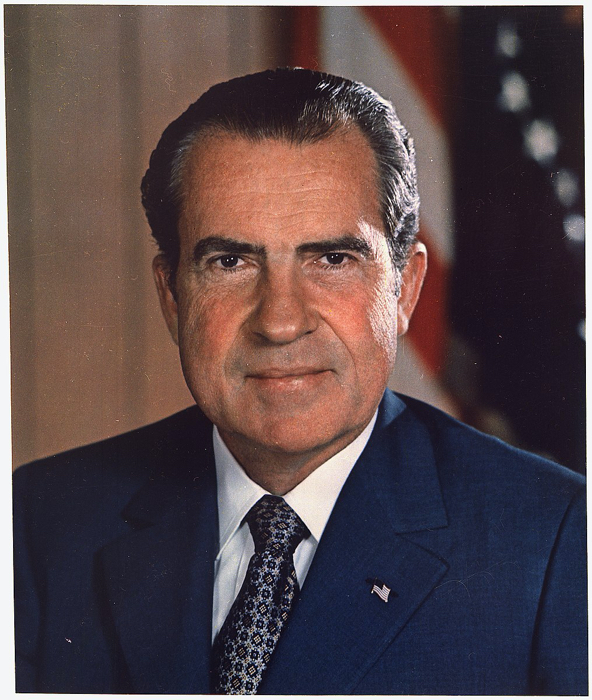
Technically, President Nixon (Republican) was not impeached. The reason is because he resigned from office on August 9, 1974. His decision to resign happened after the House Judiciary Committee voted on, and passed, three articles of impeachment, but before the U.S. House of Representatives could hold a vote.
It is the outcome of the House vote on articles of impeachment that determine whether or not a President has been impeached. The Senate then holds a trial. The outcome of the Senate trial does not erase that a president has been impeached. Perhaps Nixon resigned in an effort to avoid going down in history as an impeached president.
Continue Reading “The (Almost) Impeachment of President Richard Nixon”

